Engineers have developed a way to mass-produce diamond wafers that could store the equivalent of a billion Blu-ray disks on a single device.
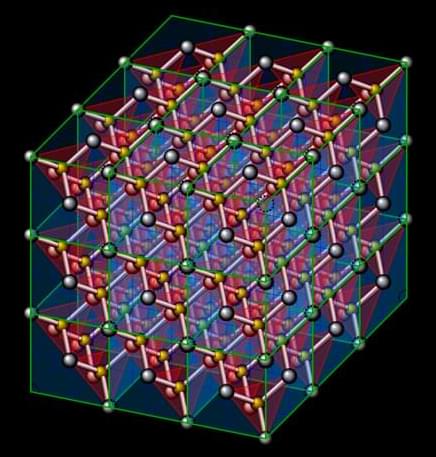

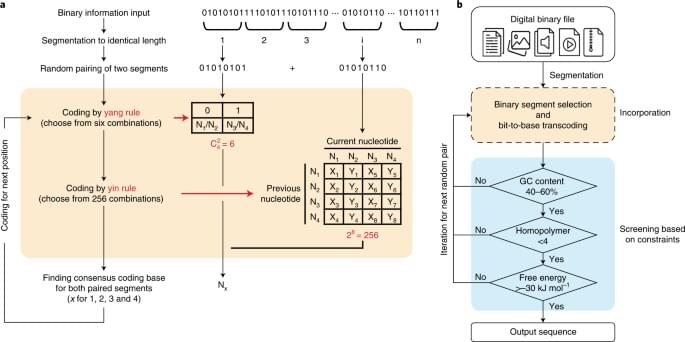
The yin-yang codec transcoding algorithm is proposed to improve the practicality and robustness of DNA data storage.
Given these results, YYC offers the opportunity to generate DNA sequences that are highly amenable to both the ‘writing’ (synthesis) and ‘reading’ (sequencing) processes while maintaining a relatively high information density. This is crucially important for improving the practicality and robustness of DNA data storage. The DNA Fountain and YYC algorithms are the only two known coding schemes that combine transcoding rules and screening into a single process to ensure that the generated DNA sequences meet the biochemical constraints. The comparison hereinafter thus focuses on the YYC and DNA Fountain algorithms because of the similarity in their coding strategies.
The robustness of data storage in DNA is primarily affected by errors introduced during ‘writing’ and ‘reading’. There are two main types of errors: random and systematic errors. Random errors are often introduced by synthesis or sequencing errors in a few DNA molecules and can be redressed by mutual correction using an increased sequencing depth. System atic errors refer to mutations observed in all DNA molecules, including insertions, deletions and substitutions, which are introduced during synthesis and PCR amplification (referred to as common errors), or the loss of partial DNA molecules. In contrast to substitutions (single-nucleotide variations, SNVs), insertions and deletions (indels) change the length of the DNA sequence encoding the data and thus introduce challenges regarding the decoding process. In general, it is difficult to correct systematic errors, and thus they will lead to the loss of stored binary information to varying degrees.
To test the robustness baseline of the YYC against systematic errors, we randomly introduced the three most commonly seen errors into the DNA sequences at a average rate ranging from 0.01% to 1% and analysed the corresponding data recovery rate in comparison with the most well-recognized coding scheme (DNA Fountain) without introducing an error correction mechanism. The results show that, in the presence of either indels (Fig. 2a) or SNVs (Fig. 2b), YYC exhibits better data recovery performance in comparison with DNA Fountain, with the data recovery rate remaining fairly steady at a level above 98%. This difference between the DNA Fountain and other algorithms, including YYC, occurs because uncorrectable errors can affect the retrieval of other data packets through error propagation when using the DNA Fountain algorithm.
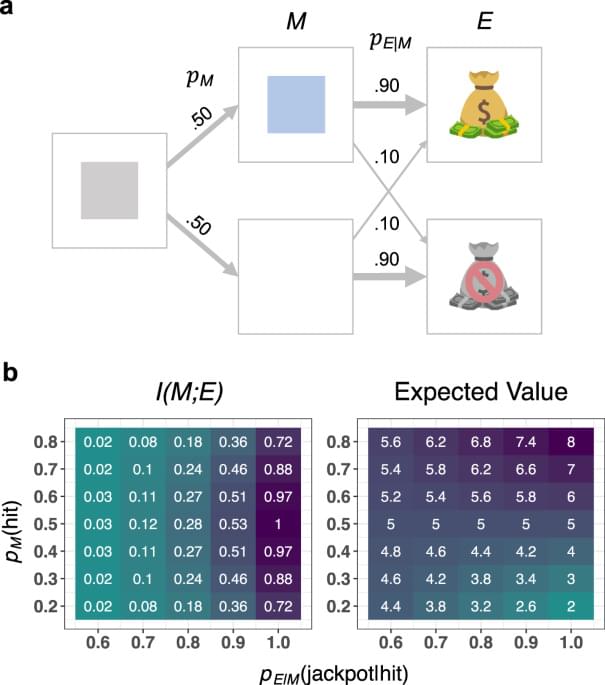
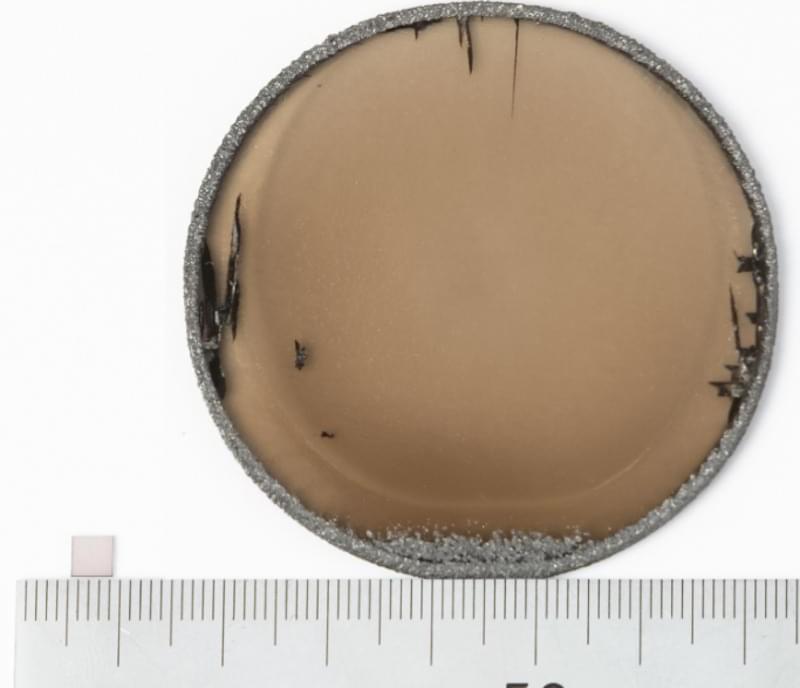
Researchers in Japan have developed a new method for making 5-cm (2-in) wafers of diamond that could be used for quantum memory. The ultra-high purity of the diamond allows it to store a staggering amount of data – the equivalent of one billion Blu-Ray discs.
Diamond is one of the most promising materials for practical quantum computing systems, including memory. A particular defect in the crystal, known as a nitrogen-vacancy center, can be used to store data in the form of superconducting quantum bits (qubits), but too much nitrogen in the diamond disrupts its quantum storage capabilities.
That meant there was a trade-off to make – scientists had to create either large diamond wafers with too much nitrogen, or ultra-pure diamond wafers that are too small to be of much use for data storage. But now, researchers at Saga University and Adamant Namiki Precision Jewelery Co. in Japan have developed a new method for manufacturing ultra-high purity diamond wafers that are big enough for practical use.
Use code ISAACARTHUR16 for up to 16 FREE MEALS + 3 Surprise Gifts across 6 HelloFresh boxes plus free shipping at https://bit.ly/3uRoKz7
As computers have improved at an accelerating rate for generations now, fears of some emergent super intelligent computer mind have grown, but is such a Technological Singularity Inevitable, and can we survive it?
Visit our Website: http://www.isaacarthur.net.
Support us on Patreon: https://www.patreon.com/IsaacArthur.
Support us on Subscribestar: https://www.subscribestar.com/isaac-arthur.
Facebook Group: https://www.facebook.com/groups/1583992725237264/
Reddit: https://www.reddit.com/r/IsaacArthur/
Twitter: https://twitter.com/Isaac_A_Arthur on Twitter and RT our future content.
SFIA Discord Server: https://discord.gg/53GAShE
Listen or Download the audio of this episode from Soundcloud: Episode’s Audio-only version: https://soundcloud.com/isaac-arthur-148927746/is-a-technolog…inevitable.
Episode’s Narration-only version: https://soundcloud.com/isaac-arthur-148927746/is-a-technolog…ation-only.
Credits:
Is a Technological Singularity Inevitable?
Science & Futurism with Isaac Arthur.
Episode 340, April 28, 2022
Written, Produced & Narrated by Isaac Arthur.
Editors:
David McFarlane.
Jason Burbank.
Konstantin Sokerin.
Cover Art:
Another key insight of Cybernetic Theory can be referred to as “Mind Over Substrates”: Phenomenal “local” mind is “cybernetically” emergent from the underlying functional organization, whereas holistic “non-local” consciousness is transcendentally imminent. Material worlds come and go, but fundamental consciousness is ever-present, as the multiverse ontology is shown to be testable. From a new science of consciousness to simulation metaphysics, from evolutionary cybernetics to computational physics, from physics of time and information to quantum cosmology, this novel explanatory theory for a deeper understanding of reality is combined into one elegant theory of everything (ToE).
If you’re eager to familiarize with probably the most advanced ontological framework to date or if you’re already familiar with the Syntellect Hypothesis which, with this newly-released series, is now presented to you as the full-fledged Cybernetic Theory of Mind, then this 5-book set will surely present to you some newly-introduced and updated material if compared with the originally published version and can be read as a stand-alone work just like any book of the series:
https://www.amazon.com/dp/B08R2K7ZK2?tag=lifeboatfound-20?tag=lifeboatfound-20.
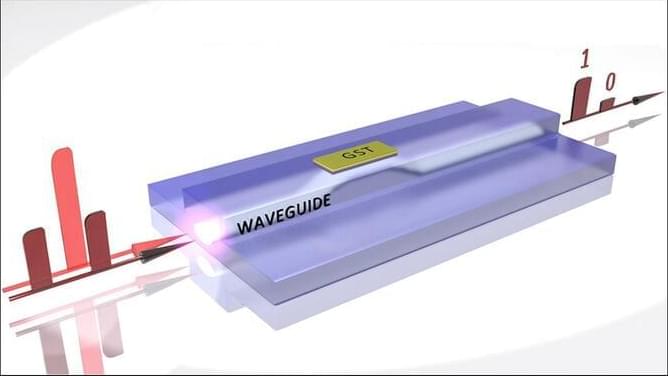
This new innovative can lead to near infinite computation speeds without the need for complex components and it can put on a smartphone. Also it requires less hardware and weight.
Light is the most energy-efficient way of moving information. Yet, light shows one big limitation: it is difficult to store. As a matter of fact, data centers rely primarily on magnetic hard drives. However, in these hard drives, information is transferred at an energy cost that is nowadays exploding. Researchers of the Institute of Photonic Integration of the Eindhoven University of Technology (TU/e) have developed a ‘hybrid technology’ which shows the advantages of both light and magnetic hard drives.
The world’s first real-time brain-sensing wearable, allows users to take control of their world with a single thought. Get yours today and join us in building the first generation of mind-enabled experiences.
Available for order at $399.
Follow us:
Twitter: https://twitter.com/nextmind.
Linkedin: https://www.linkedin.com/company/11251811/
Facebook: https://www.facebook.com/nextmindlab/
Instagram: https://www.instagram.com/nextmindlab/
Film director — Nicolas Gazeau.
Music — Jérôme Fagnet.
Production — Content Factory by Prodigious.
–
NextMind is a neurotech startup changing the way people interact with the world. Our real-time Brain-Computer Interface brought BCI technology out of the lab and to the masses.
We’re working with creative developers and businesses around the world to explore the applications of our Brain-Computer Interface in entertainment, gaming, industry, and consumer tech. Join us in building the mind-enabled experiences of tomorrow.
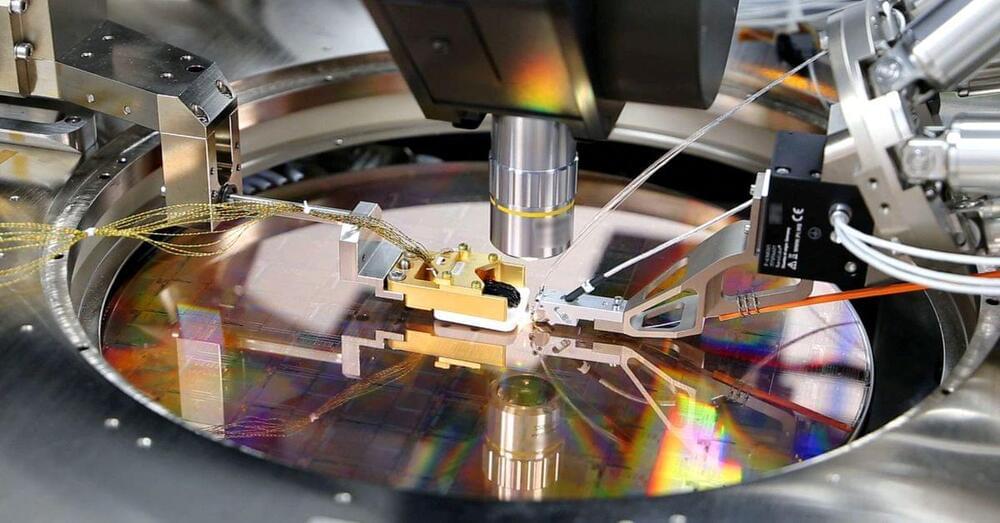
April 26 (Reuters) — Computers using light rather than electric currents for processing, only years ago seen as research projects, are gaining traction and startups that have solved the engineering challenge of using photons in chips are getting big funding.
In the latest example, Ayar Labs, a startup developing this technology called silicon photonics, said on Tuesday it had raised $130 million from investors including chip giant Nvidia Corp (NVDA.O).
While the transistor-based silicon chip has increased computing power exponentially over past decades as transistors have reached the width of several atoms, shrinking them further is challenging. Not only is it hard to make something so miniscule, but as they get smaller, signals can bleed between them.